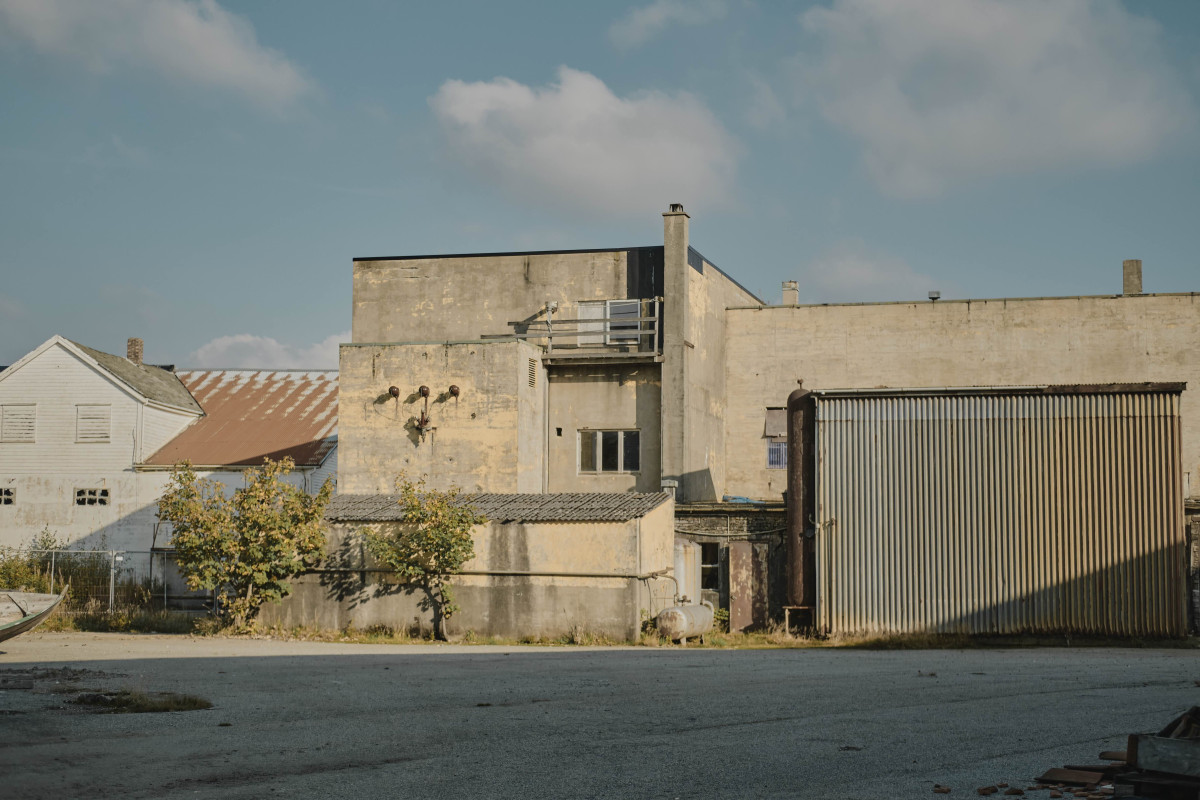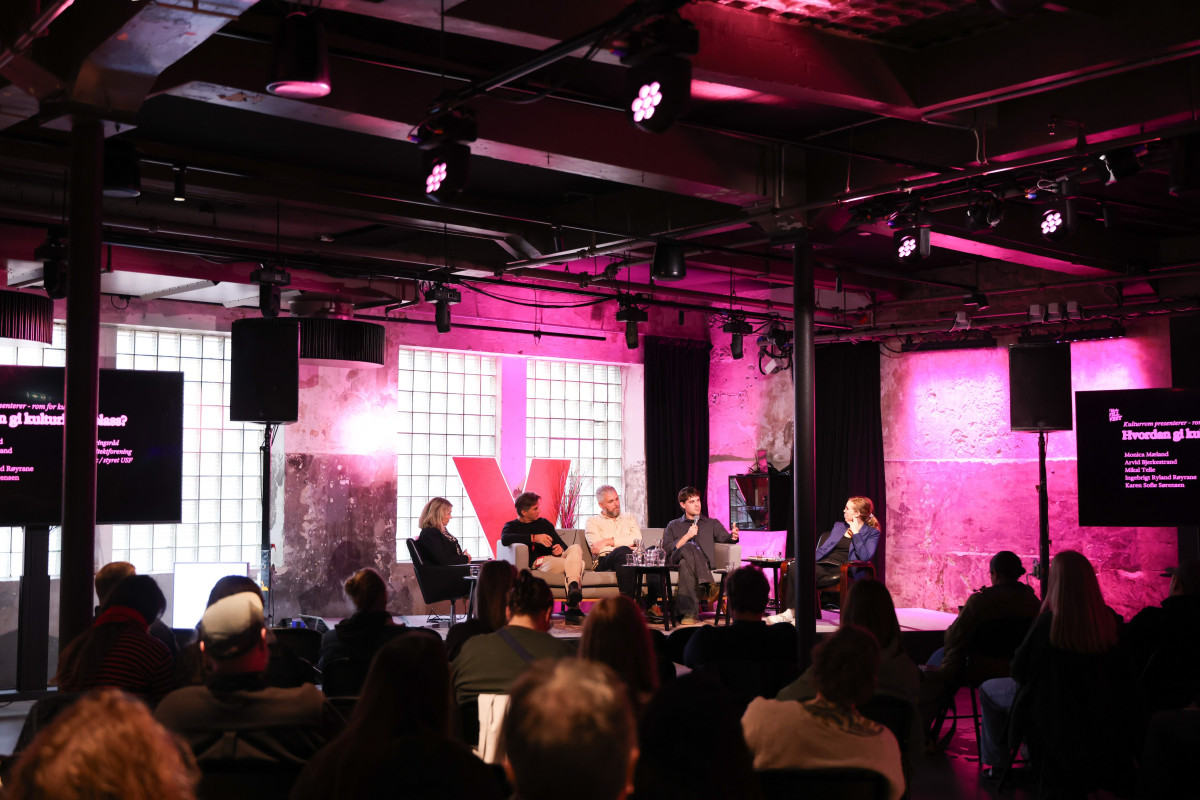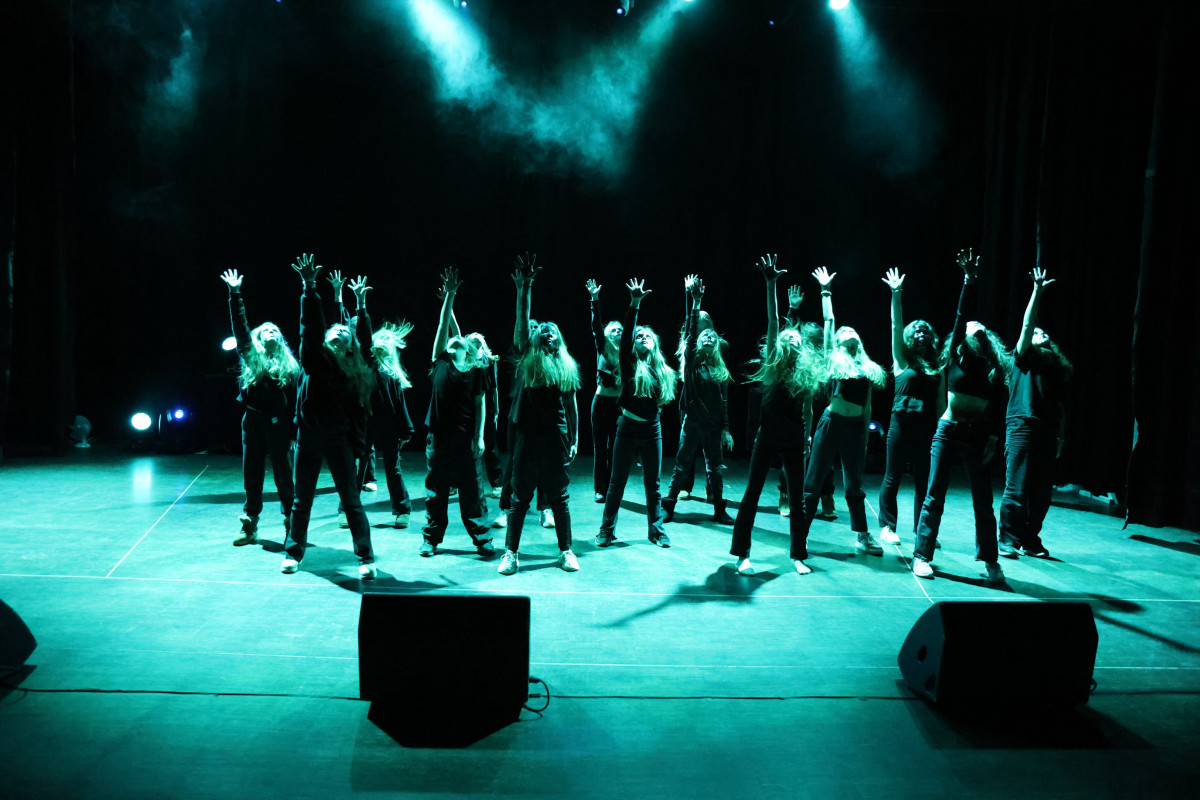MUOs høringssvar til EUs Ecodesign Working Plan 2016-2019
11. mai 2018

Musikkutstyrsordningen har i samarbeid med lysedesignerne Hans Peter Jenssen og Kyrre Heldal Karlsen denne ukene levert høringssvar til EUs endringsforslag i forbindelse med økodesign og energimerking av en lang rekke produkter, herunder scenelys som brukes av bl.a. konsertscener og teater. Dette er ikke en nytt direktiv, men heller en revisjon med ytterligere innstramming av krav til energieffektivitet. Inntil nå har det vært et unntak for profesjonelt lys til kultur- og underholdnings formål, men dette unntaket er forslått fjernet i det oppdaterte direktivet, som hvis vedtatt trer i kraft fra september 2020. Det vil fra da av ikke være tillatt å omsette («place on the market») lamper, som ikke tilfredsstiller de nye kravene. Det svært lite av det vanligste utstyret vi bruker i dag som vil tilfredsstille kravene, uavhengig av om det er snakk om tungsten, arc eller LED lamper. Det vil fortsatt være lov å bruke det allerede innkjøpte utstyret, men det vil ikke være mulig å skaffe nye pærer, reservedeler e.l., hvilket betyr at utstyret i praksis må byttes ut.
MUO og samarbeidsorganisasjonene bak høringssvaret er svært opptatt av energisparing og tilhenger av nye, gode initiativer for å begrense belastningen på miljøet, siden dette både er og vil fortsette å være en stor utfordring i årene som kommer. Likevel er det flere argumenter for et fortsatt unntak for profesjonelt scenelys, som bør veie tungt i denne sammenheng. Det er både økonomiske, kunstneriske og miljømessige hensyn som spiller inn og disse bør både undersøkes og diskuteres nærmere. Under kan du lese hele høringssvaret (på engelsk).
Høringssvaret er støttet av følgende organisasjoner og firmaer (i alfabetisk rekkefølge): Atendi Scandinavia, BandOrg, Bransjeforeningen for sceneteknisk produksjon, FolkOrg, GramArt, Lysligaen, M12 Gruppen, Music Norway, Musikernes Fellesorganisasjon, Norske Konsertarrangører, Norske Kulturhus, Norske Scenografer, Norsk jazzforum, Norsk musikkråd, Norsk teater- og orkesterforening, Norsk Viseforum og nyMusikk.
Ta gjerne kontakt med fagansvarlig Kjetil F. Wevling på e-post: kjetil@utstyrsordningen.no hvis du har spørsmål eller kommentarer rundt tema.
Response to the public consultation on Eco-design and energy labelling on refrigerators, dishwashers, washing machines, televisions and lamps, as they relate to lighting for cultural and entertainment purposes.
Introduction
The senders of this response are an ad-hoc coalition of organizations, businesses and industry professionals, who together represent the majority of concert venues, theatres, festivals, music related interest groups, lighting designers, unions, performing artists, distributors and lighting equipment rental houses in Norway.
Even though Norway is not a member of the European Union, this regulation will be implemented through our EFTA and EEA memberships.
Main concerns and recommendation
The coalition is concerned with climate change and all members are committed to the goals of the EU in relation to reduced power consumption. In accordance to this, most of the concert venues, offices and theatres we represent work continuously to become as eco-friendly as possible both in terms of lighting and all other aspects of our businesses.
The proposed regulations cover all light sources and luminaries in an all-encompassing way. The current proposal takes certain specialist fields into consideration, e.g. video projection and sports field lighting, but considerations for lighting for cultural and entertainment purposes are vague. We are deeply concerned about the economic, technical and artistic consequences of implementing this revision, which could replace Commission Regulation (EU) No 1194/2012 “implementing Directive 2009/125/EC of the European Parliament and of the Council with regard to Eco-design requirements for directional lamps, light emitting diode lamps and related equipment”, without keeping the existing exemption for special purpose luminaries used for stage lighting in theatres and other live performance venues as described in Article 2 section 4(b). A definition of this kind of equipment can be found in IEC 60598-2-17:2017 “Particular requirements – Luminaries for stage lighting, television and film studios (outdoor and indoor)”.
We recommend that the European Commission also keep the narrow and limited exemption for professional lighting for entertainment and cultural events and installations as “special purpose lamps” as described in Commission Regulation (EU) No 1194/2012 Article 2 section 4(b) in the upcoming revision.
Specific topics concerning our industry
While we find the general scope and ambition of the proposed regulations laudable, as reducing energy consumption must be a top priority for years to come, the proposed regulations contain several specific, technical and artistic topics concerning our industry.
- The new A-G energy marking proposal with a minimum energy efficiency of 85 lumens per Watt includes in its scope a broad range of luminaries, excluding only luminaries with a luminous flux of less than 60 and more than 82000 lumens. The intent seems to be to automatically exclude high power lights used in sports fields and arenas, with the erroneous assumption that this will also include luminaries commonly used in lighting for cultural and entertainment purposes. The proposed regulations makes exceptions for video projector lamps inside the specified scope, and a similar exception is needed for lighting for cultural and entertainment purposes.
As an example, a commonly used and popular luminary for cultural and entertainment purposes is the ETC Source Four. With a 230V 575W halogen source, the luminary produces about 7500 lumens, which equates to about 13 lumens per watt. This is far outside the scope of the proposed regulations. Even the HPL source itself without optics and lamp housing would only render about 20 lumens per watt. (https://www.etcconnect.com/Products/Lighting-Fixtures/Source-Four/Source-Four-CE/Documentation.aspx)
The same problem can also be found in the very latest LED sources. The brand new Martin Mac Encore CLD measures at 11600 lumens. At 230V and 580W this is about 20 lumens per watt, the same as the halogen sourced ETC Source Four. (http://www.martin.com/en-us/support/product-details/mac-encore-wash-cld)
The technology to build readily available luminaries of the same price, quality and reliability needed by the culture and entertainment industry in order to operate within the scope of the A-G marking system does not exist in any current form known to this industry.
- The proposed regulations do not consider the use of additive colour mixing, a tool commonly used in the culture and entertainment sector. The definitions used in the proposal concerns white light, and certainly represent improvements to what is defined as white light. However, for any other colour than white, additive RGB (multicoloured) light is far more efficient, yet the current proposal would outlaw any such RGB source. Subtractive colour mixing, that employs filters in front of white light, is far less efficient than additive colour mixing, yet the proposed regulations will allow this while banning the more efficient alternative. The culture and entertainment industry requires both these tools at its disposal, and sufficient exemptions must be made for this technology.
- The regulations propose a limit on stand-by power to 500mW. In a simple household or retail store appliance this is achievable. In luminaries used by the culture and entertainment sector, this is highly unlikely to be possible. The luminaries in question need to remain powered on in order to continuously listen to updated control data (this is how large artistic lighting installations are controlled), as well as powering a myriad of other functions besides the light source itself, such as position, patterns & shapes and the onboard control computer required for smooth and reliable operation of modern luminaries for cultural and entertainment purposes.
In addition to these specific technical concerns, two more principal considerations should be taken in to account.
- Stage lighting represents a relatively small proportion of the total energy consumption in cultural and entertainment venues. Studies have shown that, due to the nature of how stage lighting is used in these venues, the power consumption for stage lighting is in the range of 5 – 10% of the venues total power consumption. Consequently, costly changes to the current range of equipment found in cultural and entertainment venues all around Europe will yield a very small saving in total power consumption. (http://www.lightingandsoundamerica.com/reprint/EnvironmentStageLight.pdf)
- Artistic concerns:
Variety of artistic expressions. The artistic foundation for lighting design is based on different light sources that render different quality of light, which opens up for a variety of artistic expressions. Limiting the variety of light sources available limits the range of artistic expression available to lighting designers.
Reproducing historical lighting designs. The art of lighting design has a history that traces the history of theatre from the first stages lit by sunlight, through gaslights and candles, to modern SSL luminaries. Technical development has made most of these luminaries obsolete, but some early luminaries, e.g. low-pressure sodium (a source widely used for street lighting, that limits colour reproduction to create an almost monochrome light) are still used to create unique effects impossible to faithfully recreate with any other luminaries. Legislation that makes it impossible to utilize historical light sources will also make it impossible to accurately recreate historical lighting designs.
Potential impact on our industry
The proposed regulations will potentially have a devastating impact on the cultural, entertainment, corporate event, exhibition and television lighting industry. Events such as the Eurovision Song Contest and similar shows would be impossible to pull off without violating these new regulations at multiple points.
Clubs, stages, theatres, venues, festivals and outdoor events throughout Europe will suffer, as the costs of upgrading and replacing fully functional equipment will seriously strain the economy of an entire sector as well as creating enormous amounts of technical and electrical waste from, in many cases nearly brand-new, equipment.
It is our understanding and belief that the authors of the Eco-design plan have not intended to harm our industry in this potential way, we are simply collateral damage in a grander process, which intent we fully support.


